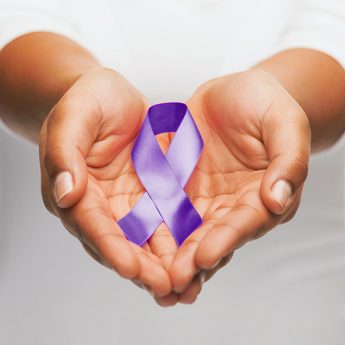I live in a small fishing and farming village on the Miura Peninsula of Kanagawa Prefecture. Around seven years ago, my son and I started going to the beach together at the end of the day. He was only two at the time—not yet the fearless ocean swimmer and bodysurfer he is today—but we enjoyed many hours playing in the sand at the water’s edge, while I decompressed after hours in front of my computer.
Just before sunset, a crew of regular dog walkers would join us on the beach to see Mount Fuji silhouetted on the other side of Sagami Bay. Among the dog walkers was an ex-policeman who brought a rugby ball for his German Shepherd, Hodai, to fetch from the sand and sea.
Hodai was a beautiful dog, and over several years my son (and I) enjoyed “playing rugby” with him. Then we stopped seeing Hodai and his owner at the beach. A few weeks later, we got the news from one of the dog-walking crew: Hodai’s owner had killed himself. A relative had taken Hodai and given him a good home.
I have other stories like this, and if you have lived in Japan for any length of time, you may have your own stories.
According to a World Health Organization report released in 2014, over 800,000 people die by suicide every year. In Japan, the total is over 25,000, which represents a significant decline from the 32,000 lives lost to suicide five years ago, but nonetheless is a terrible toll.
This year, World Suicide Prevention Day falls on 10 September, with the theme, “Suicide Prevention: Reaching Out and Saving Lives”. TELL is continuing to expand its “Talkie Walkie” programme, which began last year. A Talkie Walkie is simply a walk (you can organise one, or join someone else’s), and a chance to talk—and remember lives that have been lost.
Supported by data
Research has shown that connectedness provides valuable protection against suicide. Positive relationships—with family members, teachers, co-workers, community organisations and social institutions—can help increase a person’s sense of belonging, foster a sense of personal worth, and provide access to sources of support.
Connectedness is a two-way street. Many people who kill themselves send clear signals and talk openly about suicide, while most of them are depressed. If you suspect a friend, family member or colleague may be feeling suicidal or struggling to cope, ask them how they are feeling; suicide prevention depends heavily on our ability to recognise people who are in distress and may be at risk.
In 1978, Dr Richard Seiden, a professor of behavioural sciences at the University of California, Berkeley, published a study of 515 people who had been prevented from committing suicide at the Golden Gate Bridge in San Francisco between 1937 and 1971.
Seiden found that, after an average of more than 26 years, 94% of those who had been stopped were either still alive or had died of natural causes. He concluded that “the findings confirm previous observations that suicidal behaviour is crisis-oriented and acute in nature”.
In other words, if you can help your friend, family member or colleague get through that rough patch, he or she will very likely go on to live a rewarding and productive life.
The support of friends and relatives is crucial for people who may be at risk of suicide—and for people who have lost someone to suicide—but it is not always enough. Often, professional help is also needed.
Such help can take many forms, and may include specialist mental health services and primary care providers, both of which alternatives offer clinical care. It may also include a range of community organisations that provide non-clinical support, as well as support groups and self-help groups.
For most people, help involves a combination of approaches but, unquestionably, strong and positive relationships with others can be protective, preventing suicidal thoughts and behaviour.
On 10 September, why not mark World Suicide Prevention Day by walking and talking with friends and colleagues? For details on how to organise your own Talkie Walkie, or join one that someone else is organising, visit the TELL website: www.telljp.com/event/wspd/






